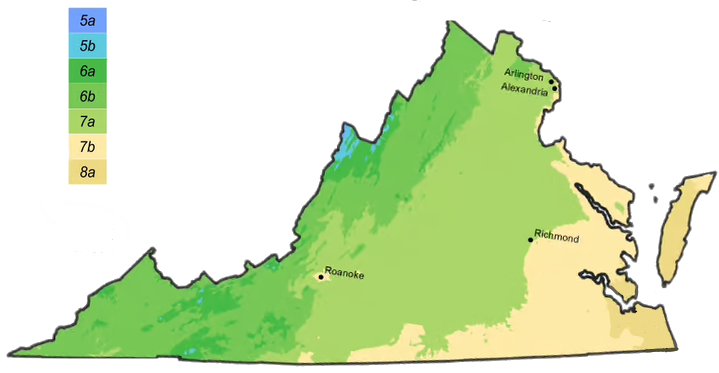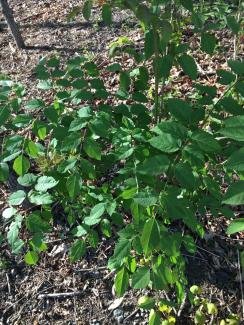
Habitat: moist woods, stream banks, roadsides, disturbed and successional forests, maritime forests, clearings, and fencerows. Common in the coastal Plain; frequent in the piedmont; infrequent in the mountains.
Low maintenance. Suckers quickly to form a thicket - suckers can travel a distance but easily removed. Spines - can use as a living fence. Showy white summer flower. Large leaves. Seeds are poisonous if chewed
Note: Devil's Walkingstick has heavy, showy white summer flower & fruit sets, producing clusters of round, fleshy black drupes. It is colonial and prickly, thus best for natural areas. Suckers quickly to form a thicket - suckers can travel a distance but easily removed. Can use as a living fence.
Wildlife value: Butterflies and other pollinators nectar at the blooms of this plant. Its fruit is eaten by songbirds, small mammals, foxes, racoons and opossums.
Earth Sangha Inventory
Founded in 1997, the Earth Sangha is a nonprofit public charity based in the Washington, DC, region. The Wild Plant Nursery is the most comprehensive source of local-ecotype, native plants in the Washington DC region, and the region’s only facility dedicated exclusively to this type of propagation. “Local-ecotype” plants are propagated from local, wild, naturally-occurring populations and are well-adapted to local conditions and for wildlife species that depend on the local forms, such as pollinators. Inventory is updated on a weekly basis so number may not be accurate.
| Pots Available | Plugs Available | Location | Notes | ||
|---|---|---|---|---|---|
| 0 | 0 | Row 11 | View My Wishlist |
Bona Terra Nursery
Small family-run native plant nursery with a focus on the local genetics necessary to restore diversity in the Chesapeake eco-region. Offers free remote design service for small gardens up to 400 square feet. Orders are placed via email and items can be picked up at their NW DC office or delivered for a fee. This plant list is from the beginning of the 2025 season and may be out-of-date
| Pots Available | Pot Size | Notes | Add to Wishlist | |
|---|---|---|---|---|
| 0 | 3 Gallon | View My Wishlist | ||
| 0 | 5 Gallon | View My Wishlist |

